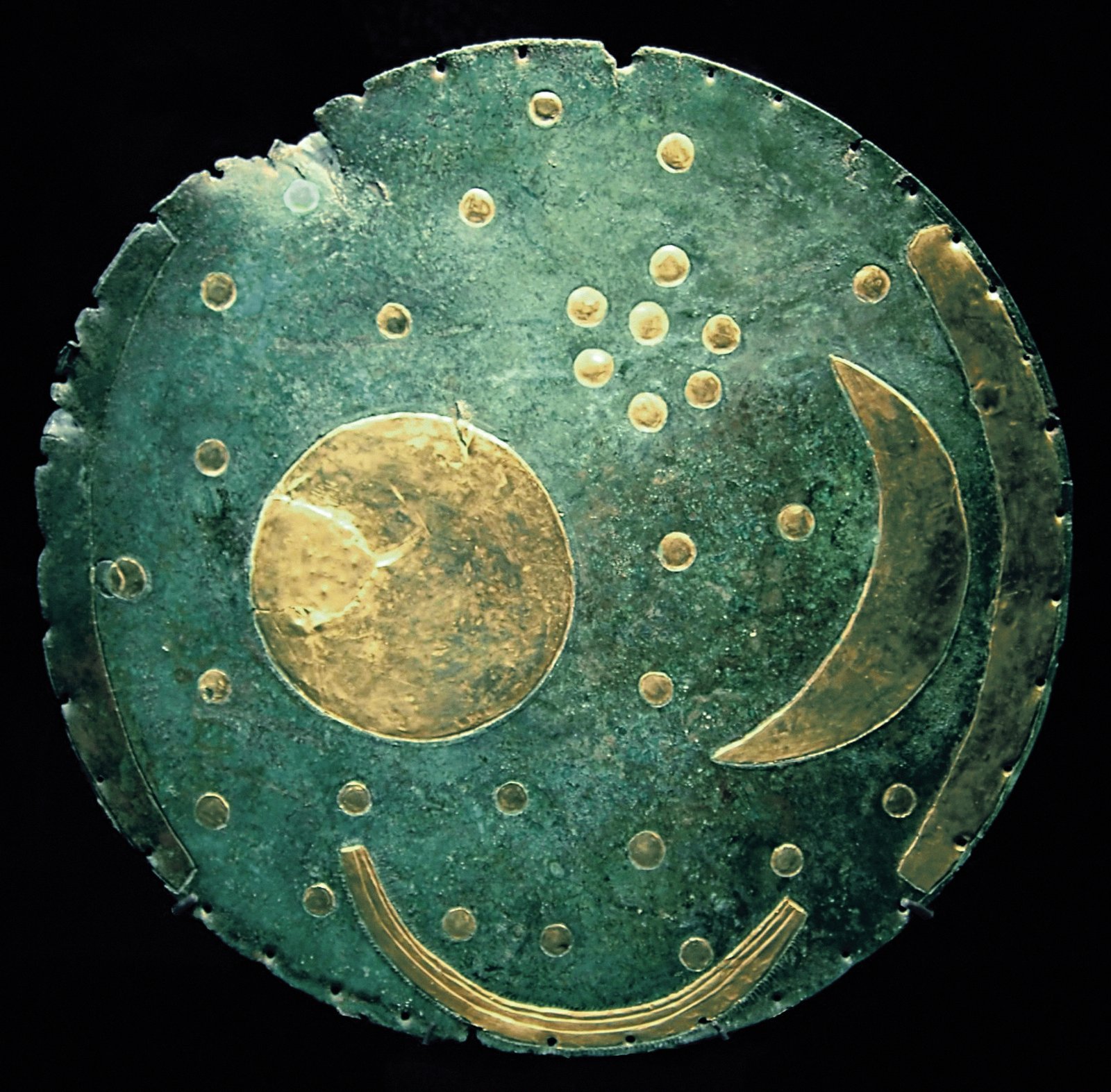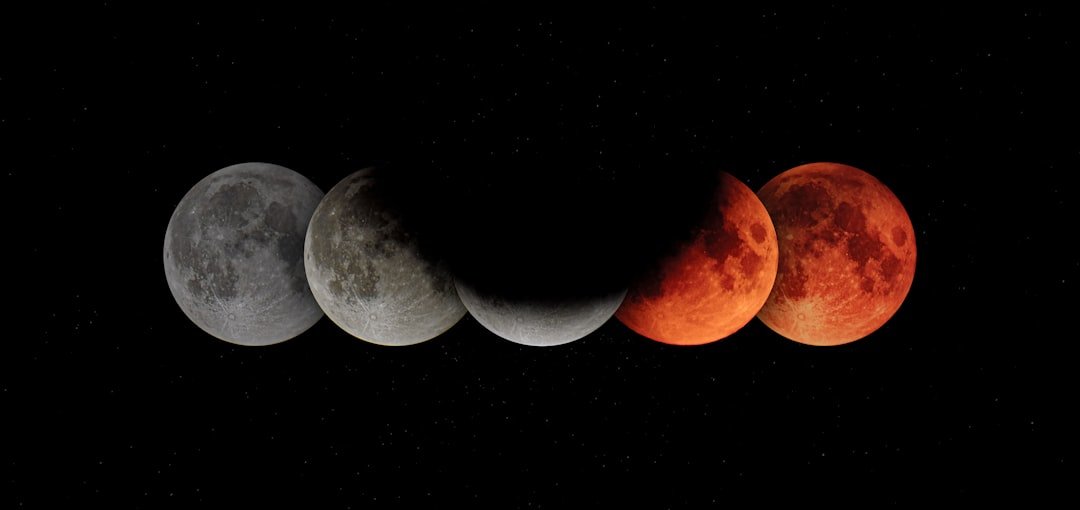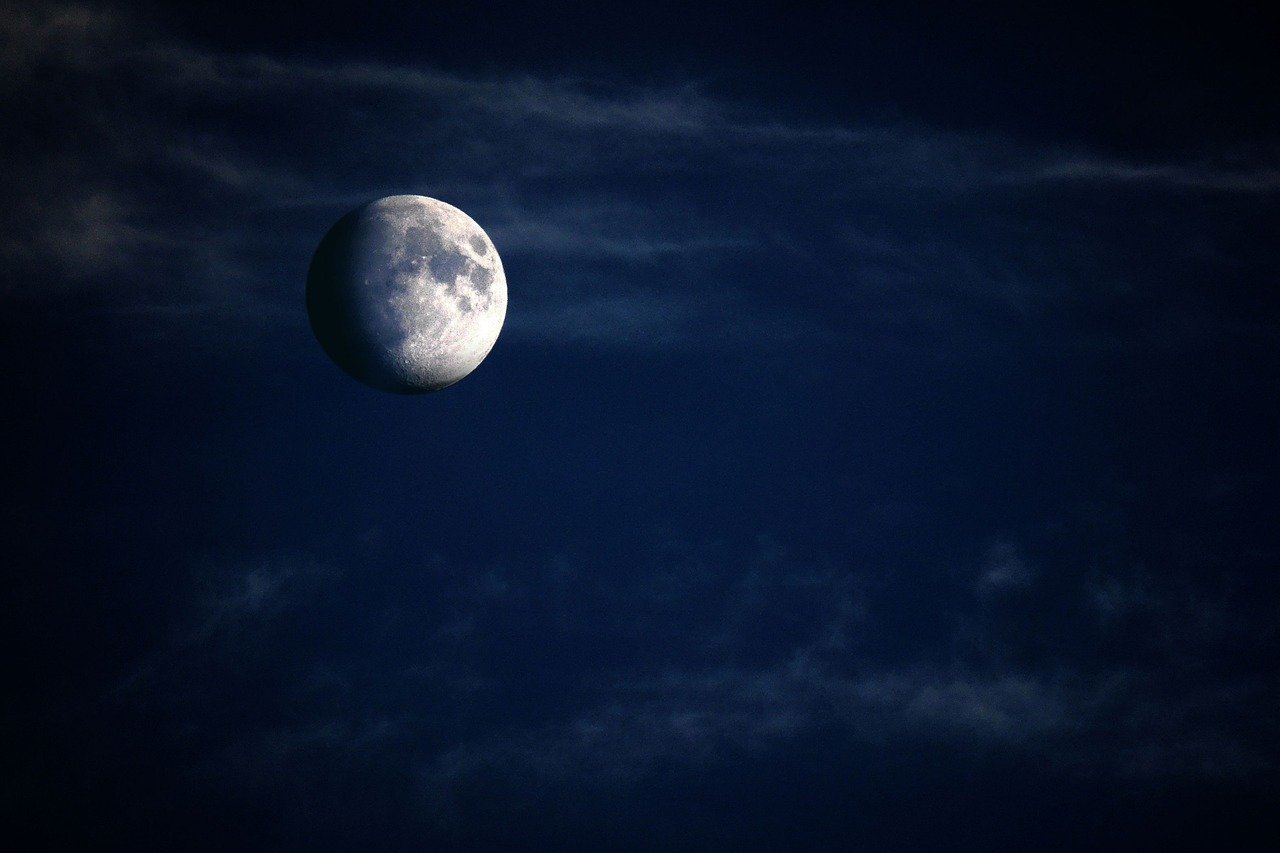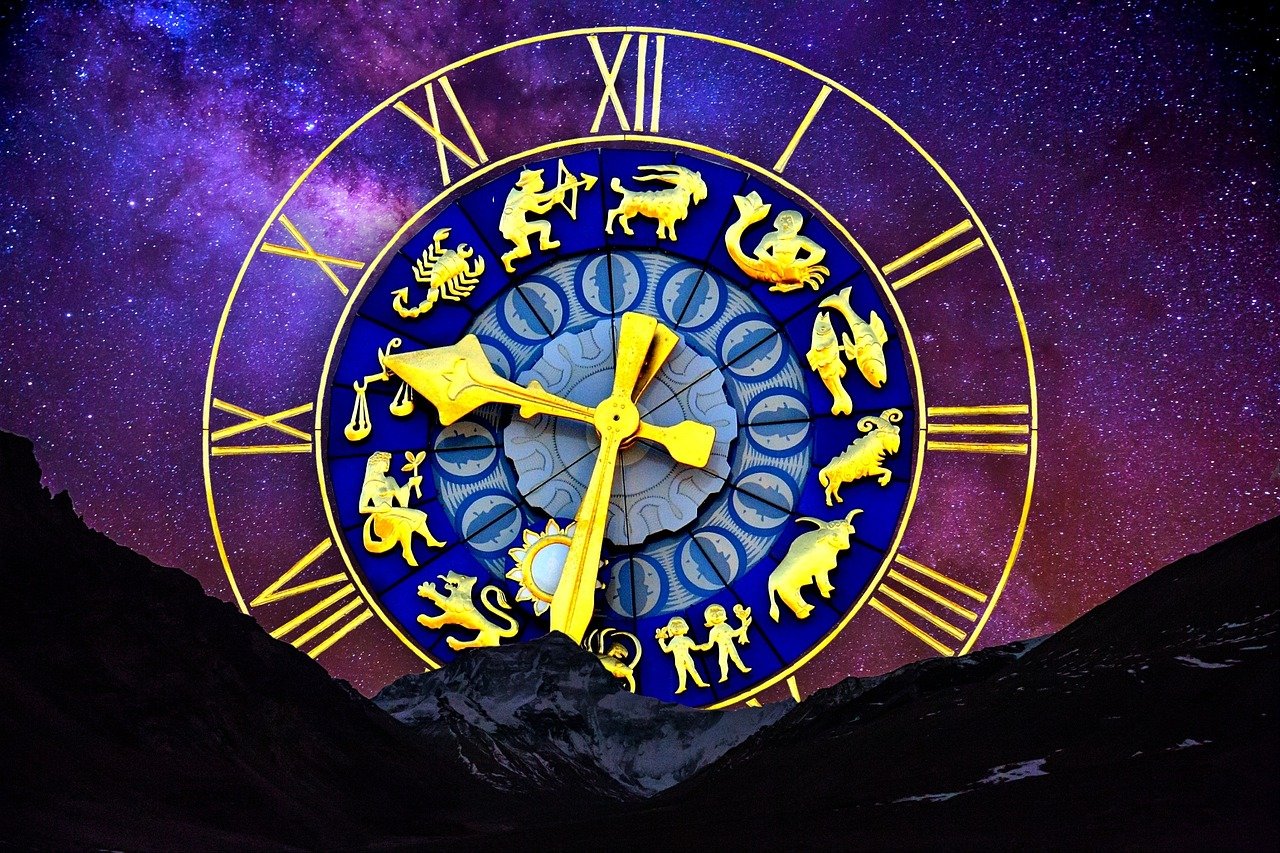There’s something oddly compelling about the idea that the cosmos might actually be whispering secrets about our lives. While mainstream science has largely dismissed astrology as pseudoscience, recent research reveals some surprising connections between celestial patterns and human behavior that deserve a closer look. From lunar influences on sleep cycles to seasonal patterns affecting mood, the boundaries between cosmic rhythms and our biological processes aren’t as clear-cut as we once believed.
The Ancient Wisdom Meets Modern Science

Archaeological evidence reveals that our ancestors noted lunar cycles as early as 30,000 years ago – the first step toward tracking tides, rivers, and creating communal calendars. For early societies, the stars served as essential timekeeping tools. During the Neolithic Revolution, growing civilizations used their knowledge of constellations to predict seasonal changes and agricultural events. These weren’t just superstitious practices but survival mechanisms that helped humans navigate the natural world.
Historically, astrology is the grit that seeded the pearl; its data-gathering, map-making, and pattern-seeking laid the cognitive foundations for modern science. Rather than rudely dismiss it as an embarrassing product of ignorant times, we should acknowledge its contribution. What our ancestors observed wasn’t entirely wrong – they were noticing patterns that modern researchers are only now beginning to understand through sophisticated scientific methods.
The Moon’s Surprising Effect on Human Sleep

Recent studies show that subjective and objective measures of sleep vary according to lunar phase and thus may reflect circalunar rhythmicity in humans. Around full moon, electroencephalogram (EEG) delta activity during NREM sleep, an indicator of deep sleep, decreased by 30%, time to fall asleep increased by 5 min, and EEG-assessed total sleep duration was reduced by 20 min. These changes were associated with a decrease in subjective sleep quality and diminished endogenous melatonin levels.
This isn’t just folklore anymore. A strictly controlled experiment revealed that cortical activity and human sleep were synchronized with lunar phases. Lunar rhythms are not as evident as circadian rhythms, and are thus difficult to interpret. The fact that these effects persist even in laboratory settings, away from moonlight itself, suggests something more complex is at play than simple light exposure.
Menstrual Cycles and Lunar Synchronization

Perhaps the most intriguing connection between cosmic patterns and human biology lies in women’s reproductive cycles. An investigation of long-term menstrual cycle records maintained by 22 women shows that women with cycles lasting longer than 27 days intermittently synchronized with moon phase cycles and the moon’s gravitational pull. This synchrony was lost as women aged and when they were exposed to artificial light at night. The researchers hypothesized that human reproductive behavior may have been synchronous with the moon during ancient times, but that this changed as modern lifestyles emerged and humans increasingly gained exposure to artificial light at night.
Women’s menstrual cycles recorded before the introduction of light-emitting diodes in 2010 and the extensive use of smart phones significantly synchronized with the Moon, while those after 2010 coupled to the Moon mostly in January. The researchers hypothesize that the high gravimetric forces between the Moon, Sun, and Earth every January are sufficient for this coupling, while the increasing exposure to artificial light at night impinges on synchrony at other times. This suggests our modern lifestyle may be disrupting ancient biological rhythms that once connected us more closely to lunar cycles.
Gravitational Forces as Hidden Zeitgebers

One of the most fascinating discoveries is that the moon’s gravitational pull, not just its light, may influence human biology. The lunar gravimetric forces enhance the entrainment of the menstrual cycles to the synodic month. The observation that gravitation works as a zeitgeber on humans may explain why menstrual cycles, mood cycles, and cycles in sleep onset and sleep length coupled temporarily either close to the full Moon or close to the new Moon, because, at both phases, the Moon’s gravimetric influence on Earth is similar.
Effects of gravity might also account for the fact that synchrony of sleep onset and sleep duration with the lunar cycle has been observed in college students living in the light-polluted city of Seattle, where the Moon’s luminance cycle is scarcely perceivable. These observations raise a possibility that the human organism can respond not only to fast gravitational changes, like those detected by the vestibular system, but also to slow, periodically recurring gravitational changes. This opens up entirely new ways of thinking about how cosmic forces might subtly influence our biology.
Seasonal Patterns and Mood Regulation

The connection between seasons and human behavior has moved from astrological observation to medical diagnosis. The relationship among mood disorders, light, and circadian rhythms have long been recognized. One example is seasonal affective disorder in which mood oscillates between dysthymia during the short day lengths of winter and euthymia during the long summer days.
The study shows that our biologically hardwired seasonal timing affects how we adjust to changes in our daily schedules. This finding could enable new ways to probe and understand seasonal affective disorder, a type of depression that’s connected to seasonal changes. What ancient astrologers interpreted as planetary influences on temperament, we now understand as very real seasonal patterns affecting brain chemistry and mood regulation.
Circadian Rhythms as Cosmic Clocks

In healthy humans, seasonality has been documented in psychological variables, chronotype, sleep, feeding, metabolic and autonomic function, thermoregulation, neurotransmission, and hormonal response to stimulation, thus representing a relevant factor to account for, especially when considering the individual susceptibility to disease. Mood is largely recognized as one of the central aspects of human behavior influenced by seasonal variations.
The fact that circadian rhythms in this population exhibited a seasonal dependence is a compelling argument for just how hardwired this feature is in humans, which isn’t altogether surprising, the researchers said. There’s a lot of evidence from studies of fruit flies and rodents that animals possess seasonal circadian clocks, and other researchers have thought humans’ circadian clocks may behave similarly. Now, the U-M team has provided some of the strongest support for the idea yet in observing how that seasonality plays out in a large, real-world study.
The Timing of Human Activity Patterns

Understanding cosmic rhythms allows practitioners to navigate life’s transformations with greater awareness and intention. These cycles, governed by the orbits of celestial bodies, symbolize periods of challenge, opportunity, and renewal. Understanding these cosmic rhythms allows practitioners to navigate life’s transformations with greater awareness and intention. While this sounds mystical, there’s actually some substance to the idea of optimal timing for activities.
By understanding one’s biorhythmic patterns alongside their astrological chart, individuals can gain insights into optimal times for certain activities. For example, initiating new projects might be more favorable during a high phase in the physical and intellectual biorhythms, potentially aligned with favorable astrological transits. Though the specific astrological claims remain unproven, the underlying concept of biological rhythms affecting performance has scientific support.
Why Traditional Astrology Falls Short

Despite these intriguing connections, traditional astrology still faces significant scientific hurdles. Scientific testing has found no evidence to support the premises or purported effects outlined in astrological traditions. It led to the conclusion that natal astrology performed no better than chance. Astrology has not demonstrated its effectiveness in controlled studies and has no scientific validity, and is thus regarded as pseudoscience.
In 1985, physicist Shawn Carlson conducted research published in Nature where astrologers attempted to match birth charts to personality questionnaires. The results showed they succeeded only about one-third of the time – no better than random chance. Similar tests in subsequent years have yielded comparable results, with astrologers typically achieving around chance-level accuracy. The problem isn’t that celestial bodies have no influence on human biology – it’s that traditional astrological interpretations greatly overstate and misrepresent those influences.
The Dance of Cosmic Synchronicity

Perhaps the most insightful way to understand the relationship between cosmic patterns and human behavior comes from a different perspective altogether. The real problem with astrology is that people think the planets are doing something to you… but it’s more like a dance. Like if you’ve ever watched synchronized ballet. Everyone’s doing exactly what they’re supposed to be doing, at the exact same moment. So, the problem is, we think big planets must be in charge, because we have a God-mind, the biggest thing is in charge of us so it must know what’s going on, but realistically, Jupiter isn’t any different than me, or you know, a cricket.
This perspective shifts us away from thinking about planetary “influence” toward recognizing patterns of synchronicity. We’re all part of the same cosmic dance, responding to the same fundamental rhythms that govern everything from tides to cellular processes. The patterns exist, but they’re not causal in the way traditional astrology suggests.
Conclusion: Finding Truth in Ancient Patterns

The fascinating reality is that cosmic patterns do mirror human cycles in ways our ancestors recognized, even if they didn’t understand the mechanisms. Modern science has revealed genuine connections between lunar phases and sleep quality, seasonal patterns and mood regulation, and gravitational forces and biological rhythms. These discoveries don’t validate traditional astrology, but they do suggest that the relationship between cosmic and human patterns deserves more nuanced consideration.
Astrology remains useful today. It provides a useful illustration of the vexatious fallibility of human intellectual achievement – including, and perhaps particularly, the sometimes illusory certainties of science. It’s certainly something to keep in mind as we make our modern maps of particles, forces, and strange cosmological energies.
The truth seems to lie somewhere between blind acceptance and complete dismissal. While traditional astrological claims remain scientifically unsupported, the underlying observation that we are deeply connected to cosmic rhythms appears to have merit. As we continue to understand these connections through rigorous research, we might discover that our ancestors weren’t entirely wrong about the dance between the heavens and human nature – they just had the choreography a bit mixed up.
What patterns in your own life have you noticed that might connect to natural cycles?




